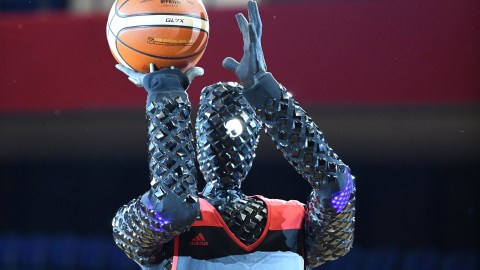Flops, brought to you by A.I.

KAZUHIRO NOGI / Getty Images
- About 3.1 million individuals could lose their job to self-driving cars.
- A.I. is not a monolith. It makes a lot of mistakes.
- To better understand how to navigate our economic future, we should pay attention to these mistakes.
Artificial intelligence can drive a car, buy and sell stocks, and perform healthcare tasks, amongst numerous other tasks as the technology grows and changes each day. Despite how impressive some of these developments are, concern has consistently been expressed over humans losing jobs to robots powered by A.I.
At the end of 2016, for instance, the White House predicted that 3.1 million individuals who drive for work could see their jobs replaced by autonomous vehicles. However, A.I. isn’t going to take every job in the world — not just yet, at least. In order to better understand that fact and the nature of what constitutes artificial intelligence, it’s worth taking a look not just its successes, but its failures, curiosities, and hiccups as well.
A list has been making its way around Twitter’s scientific community featuring, as one individual put it, “instances of A.I. doing what creators specify, not what they mean.” It is a delight. Here are some of our favorites:
1. A robotic arm trained to move a block to a certain point on the table opted to move the table to the block instead.
2. A.I. was charged with evolving a creature built for speed — and so grew a really tall creature who generated high velocities by. . . falling over.
3. In one A.I.-overseen simulation, where creatures required energy and giving birth cost no energy, one species evolved themselves into a lifestyle that consisted of them sitting around, mating, and then eating their children.
4. A four-legged creature trained to carry a ball on its back decided to, instead, drop the ball between its legs and wiggle across a floor.
5. A pancake-making robot decided that the best way to make a pancake would be to throw it as high in the air as possible to keep it as far away as possible from the ground.
6. A creature learns to bait an opponent into following it off a cliff, which gives the creature enough points to get an extra life — which is a strategy the creature then pursues in an infinite loop.





